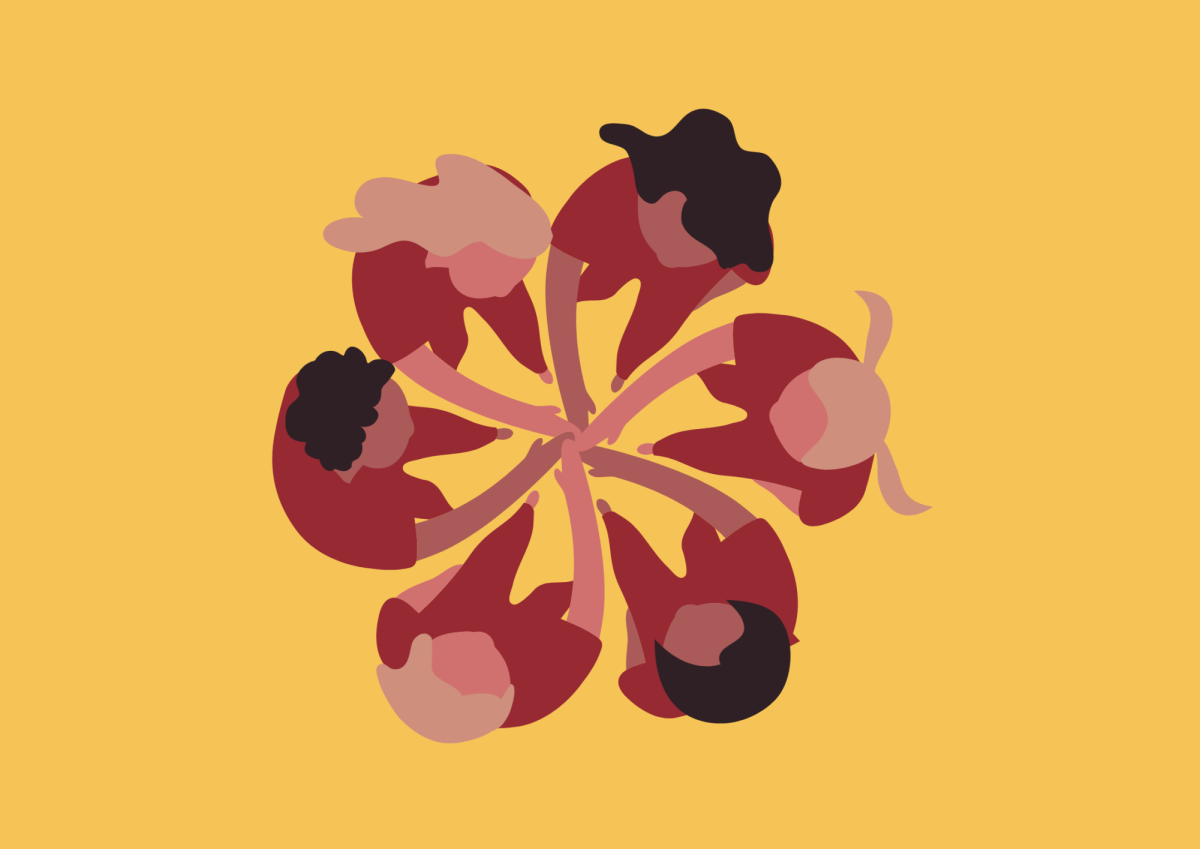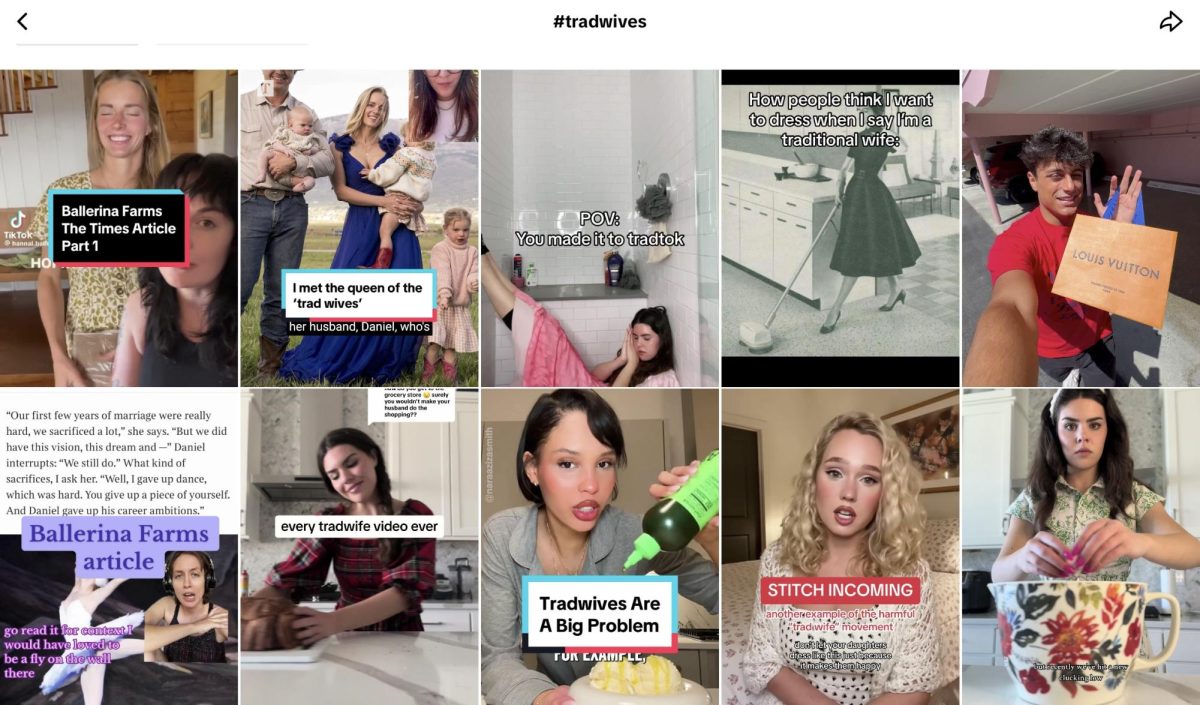By: Natalie S. (’21) and Phoebe C. (’21)
TikTok has promulgated many popular beauty trends among teenagers such as the “lash glue lips” or the “feathered brows.” The newest trend, the “boy perms,” involves men wearing curvy curls and sometimes “Black curl,” which has sparked fierce debates as many consider doing so a form of cultural appropriation.
Others argue that hair is hair. In 2017, former NBA player Kenyon Lee Martin Sr. called out Taiwanese NBA star Jeremy Lin’s dreadlocks and sparked similar debates. Lin was quick to respond, saying it was “cultural appreciation” instead.
So where is the line? What separates “cultural appropriation” from “cultural appreciation?” The answer is it depends on the time and place, for no action exists in a vacuum. It ultimately comes down to whether one is attempting to exploit a culture by taking away something empowering and powerful to instead use it to empower himself or herself.
While many male students at TAS have started perming their hair, some have gone as far as getting what they call the “spiral perm,” which is a very tight curl perm. These students should question their motives for wearing this hairstyle, and thus reflect on whether their motive classifies as “cultural appropriation” or “cultural appreciation.” The wavy hair, first becoming fashionable for modern women in Asia at the start of the 19th century, was associated with whiteness as a form of imitation of Eurocentric beauty standards.
Historically, Black hair has been used as an excuse for racist remarks and ridicule towards the Black community since white beauty standards have largely dominated popular culture. Yet, this style of hair is now lauded by many as “cool” as Black representation rises and Black culture stoically stands its ground in cultural dialogues of the 21st century. As such, Black hair, a style once deemed unprofessional by the public, is now a symbol of confidence for many Black Americans.
In Taiwan, a popular hair salon for “black curls” is The Oneoff. Stylists profit on what they call “black people perm,” meaning permed hair that copies ethnically Black curly hair. “The fact that people [in Taiwan] go to salons and specifically ask for ‘black people perm’ is very telling in itself,” Rachel Su (‘21) said.
Teens, especially white and Asian, who wear “Black curls” without understanding the history of oppressions Black Americans endured should do so with caution. If you ask your stylist to give you “Black hair” because it’s fashionable, you are dabbling in cultural appropriation. Social media has played a huge role in normalizing this type of behavior, leading teenagers to act frivolously or irreverently. For example, Korean Pop and popular culture in east Asia also normalize culture appropriation. Within the industry, there are many aspects directly appropriated from Black culture. For instance, K-Pop star Kai from the EXO boy group was seen sporting a dreadlocked look in 2017.
Now is not the time for insensitive hair styles when Black empowerment is more important than ever. “For you it’s a trendy hairstyle. For me it’s hundreds of years of being institutionally and socially othered for the natural hair that grows out of my head,” Upper School English Teacher Ms. Jodi Thompson said.

![[PHOEBE CHEN/THE BLUE & GOLD]](https://blueandgoldonline.org/wp-content/uploads/2021/02/hair-infographic-888x900.png)
![A collection of college flags. [PHOTO COURTESY OF AMBER HU ('27)]](https://blueandgoldonline.org/wp-content/uploads/2025/05/IMG_5029-1200x577.jpeg)

![An SAT word cloud. [PHOTO COURTESY OF WORDCLOUDS]](https://blueandgoldonline.org/wp-content/uploads/2025/05/SAT.jpeg)
![Collage of banned books, including “The Handmaid’s Tale” by Margaret Atwood. [MINSUN KIM/ THE BLUE & GOLD]](https://blueandgoldonline.org/wp-content/uploads/2025/04/IMG_4274-1200x681.jpeg)

![A collage of dark romance book covers from an online store for dark romance novels. [PHOTO COURTESY OF TRILOGYOFROMANCE.COM.AU]](https://blueandgoldonline.org/wp-content/uploads/2025/04/IMG_4272-1200x600.png)